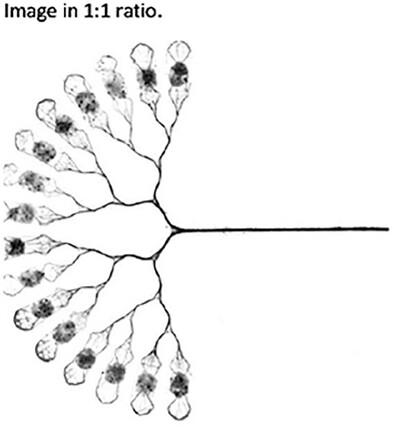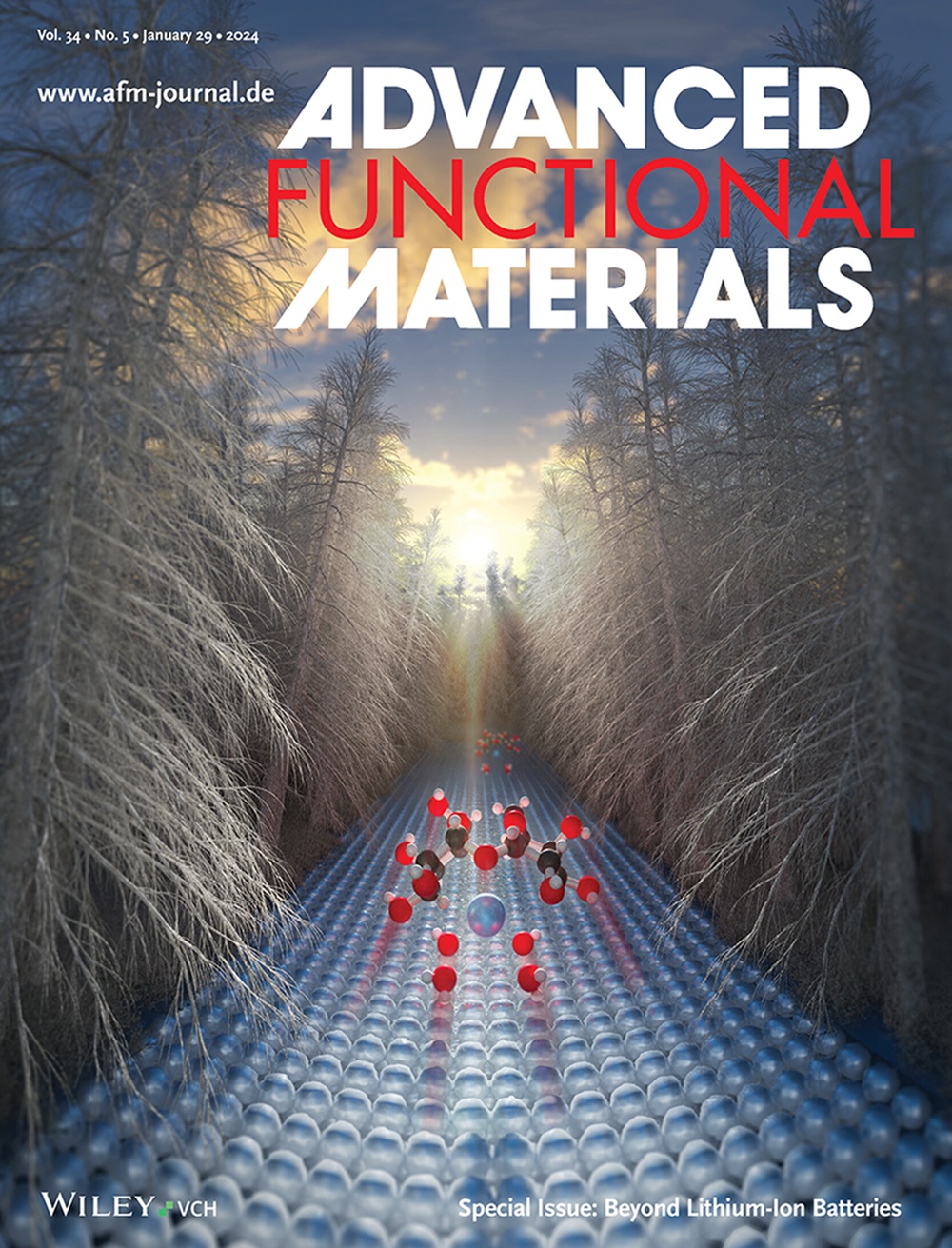An Implantable Biohybrid Neural Interface Toward Synaptic Deep Brain Stimulation
IF 18.5
1区 材料科学
Q1 CHEMISTRY, MULTIDISCIPLINARY
引用次数: 0
Abstract
In patients with sensory nerve loss, such as those experiencing optic nerve damage that leads to vision loss, the thalamus no longer receives the corresponding sensory input. To restore functional sensory input, it is necessary to bypass the damaged circuits, which can be achieved by directly stimulating the appropriate sensory thalamic nuclei. However, available deep brain stimulation electrodes do not provide the resolution required for effective sensory restoration. Therefore, this work develops an implantable biohybrid neural interface aimed at innervating and synaptically stimulating deep brain targets. The interface combines a stretchable stimulation array with an aligned microfluidic axon guidance system seeded with neural spheroids to facilitate the development of a 3 mm long nerve-like structure. A bioresorbable hydrogel nerve conduit is used as a bridge between the tissue and the biohybrid implant. Stimulation of the spheroids within the biohybrid structure in vitro and use of high-density CMOS microelectrode arrays show faithful activity conduction across the device. Although functional in vivo innervation and synapse formation has not yet been achieved in this study, implantation of the biohybrid nerve onto the mouse cortex shows that neural spheroids grow axons in vivo and remain functionally active for more than 22 days post-implantation.

求助全文
约1分钟内获得全文
求助全文
来源期刊

Advanced Functional Materials
工程技术-材料科学:综合
CiteScore
29.50
自引率
4.20%
发文量
2086
审稿时长
2.1 months
期刊介绍:
Firmly established as a top-tier materials science journal, Advanced Functional Materials reports breakthrough research in all aspects of materials science, including nanotechnology, chemistry, physics, and biology every week.
Advanced Functional Materials is known for its rapid and fair peer review, quality content, and high impact, making it the first choice of the international materials science community.
 求助内容:
求助内容: 应助结果提醒方式:
应助结果提醒方式:


